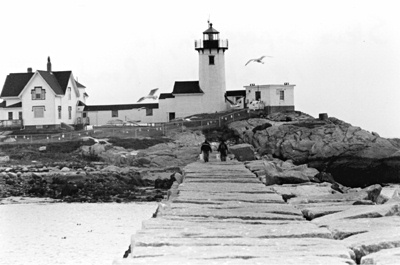All Nonfiction
- Bullying
- Books
- Academic
- Author Interviews
- Celebrity interviews
- College Articles
- College Essays
- Educator of the Year
- Heroes
- Interviews
- Memoir
- Personal Experience
- Sports
- Travel & Culture
All Opinions
- Bullying
- Current Events / Politics
- Discrimination
- Drugs / Alcohol / Smoking
- Entertainment / Celebrities
- Environment
- Love / Relationships
- Movies / Music / TV
- Pop Culture / Trends
- School / College
- Social Issues / Civics
- Spirituality / Religion
- Sports / Hobbies
All Hot Topics
- Bullying
- Community Service
- Environment
- Health
- Letters to the Editor
- Pride & Prejudice
- What Matters
- Back
Summer Guide
- Program Links
- Program Reviews
- Back
College Guide
- College Links
- College Reviews
- College Essays
- College Articles
- Back
The Role of Time in To the Lighthouse
Time is a difficult concept to grasp. Sometimes, we feel like there are never enough hours that clock by, but other times we wish it would run past us and go to waste. In Virginia Woolf’s To the Lighthouse, similar ideas about time exist throughout the plot. The book is divided into three parts to narrate the use of time: ‘The Window’, ‘Time Passes’, and ‘The Lighthouse’. Woolf explores and experiments with the different measures of time as the story unravels.
The plot begins with us seeing Mr. and Mrs. Ramsay bringing their eight children to their summer home in Hebrides. Time is illustrated to show the course of a full day.Across the bay from their home lies a large lighthouse. James Ramsay who was six at that time, desperately wants to go and visit the lighthouse, and Mr. Ramsay says he will allow the visit if the weather the next day permits. However later on, Mr. Ramsay tells James coldly that the weather seems to be in a terrible condition, which leads to James being resentful to his father. Many things then later continue to unfold through the course of the day. Paul Rayley proposes to Minta Doyle, Lily Briscoe, a young female painter, starts a portrait of Mrs. Ramsay, Mrs. Ramsay tries to comfort James who is still upset over the visit to the lighthouse, and Mr. Ramsay grumbles over his shortcomings as a philosopher. The Ramsays later that day decide to host a dinner party, which goes horribly wrong. The first section of To the Lighthouse, ‘The Window’, takes the course of one full day. Woolf spends eighty nine pages just to grab our attention on the events and emotions which have arised from the morning to the end of the day. It reflects the concept of time, where troublesome days may seem to drag on forever when things do not line up in an orderly fashion.
The next section, ‘Time Passes’, crunches a decade of events into 12 short pages. During this time, war breaks out in Europe, Mrs. Ramsay dies suddenly, and her oldest son Andrew Ramsay, dies in battle. The summer house that the family used to visit each summer becomes abandoned, where the weeds have taken over the garden and spiderwebs fill the corners of each room. This part of the book corresponds to the fast passing of time. Even though this section contains 10 years of events, it is the shortest section of the entire book.
The last segment of To the Lighthouse is ‘The Lighthouse’. We can view this chapter as the end of various cycles. James finally gets to visit the lighthouse, ending the cycle of his curiosity. Across the bay, Lily finally decides to finish her portrait, and paints one last stroke on the canvas. This segment reflects the previous memories and fulfills the wishes in the past, putting a period on the series of events.
To the Lighthouse ultimately illustrates the inability of time on a clock to measure human experience. Life cannot be lived when we determine it by the seconds ticking by. Instead, life more so takes the form of minutes dragging on for an eternity while years speed by in the blink of an eye. Memories from the past may resurface and live on, while other fragments of life may seem like it had never happened. To the Lighthouse is an accurate portrait of time and the role it plays in our lives, and allows us to reflect on our own.

Similar Articles
JOIN THE DISCUSSION
This article has 0 comments.
